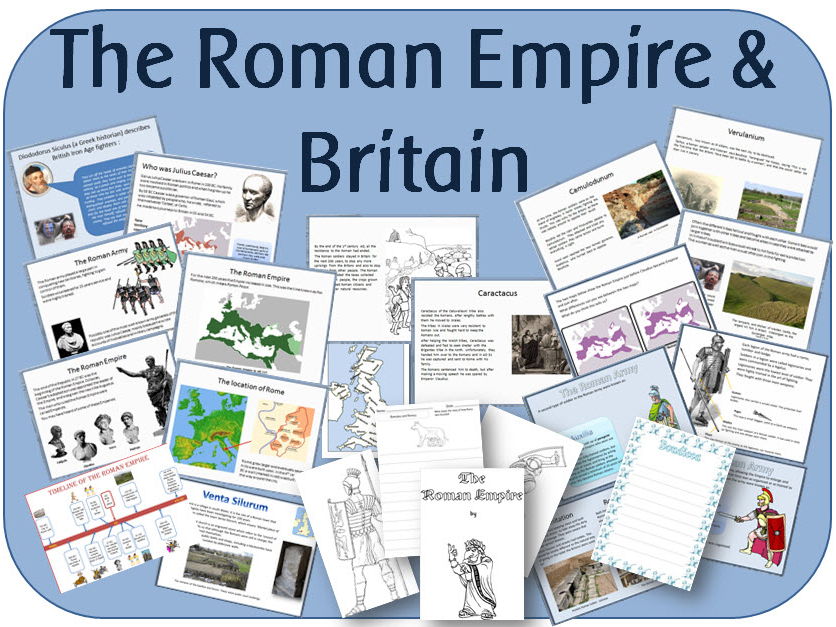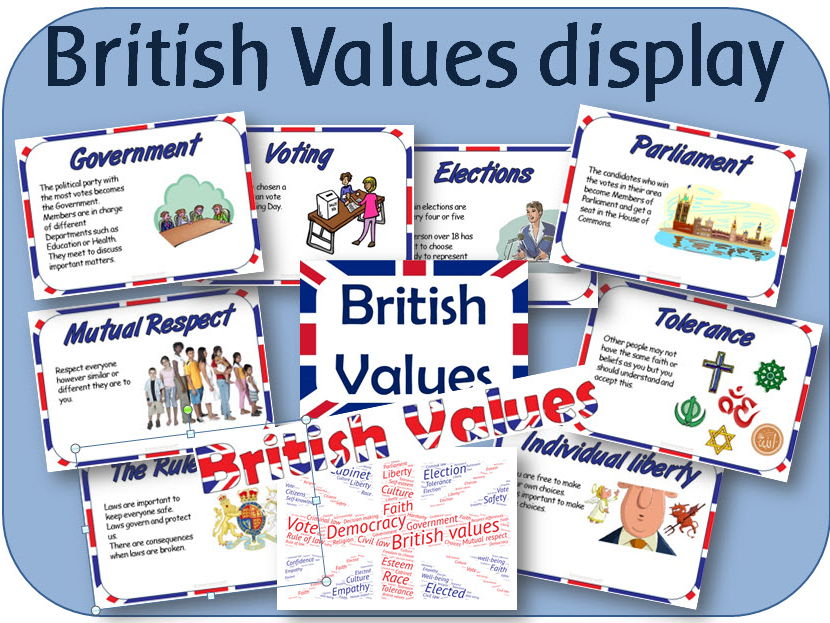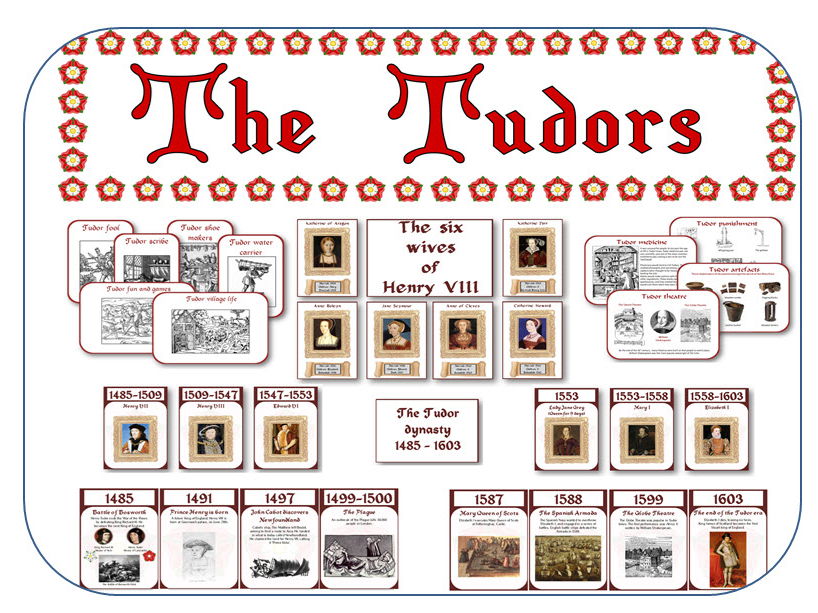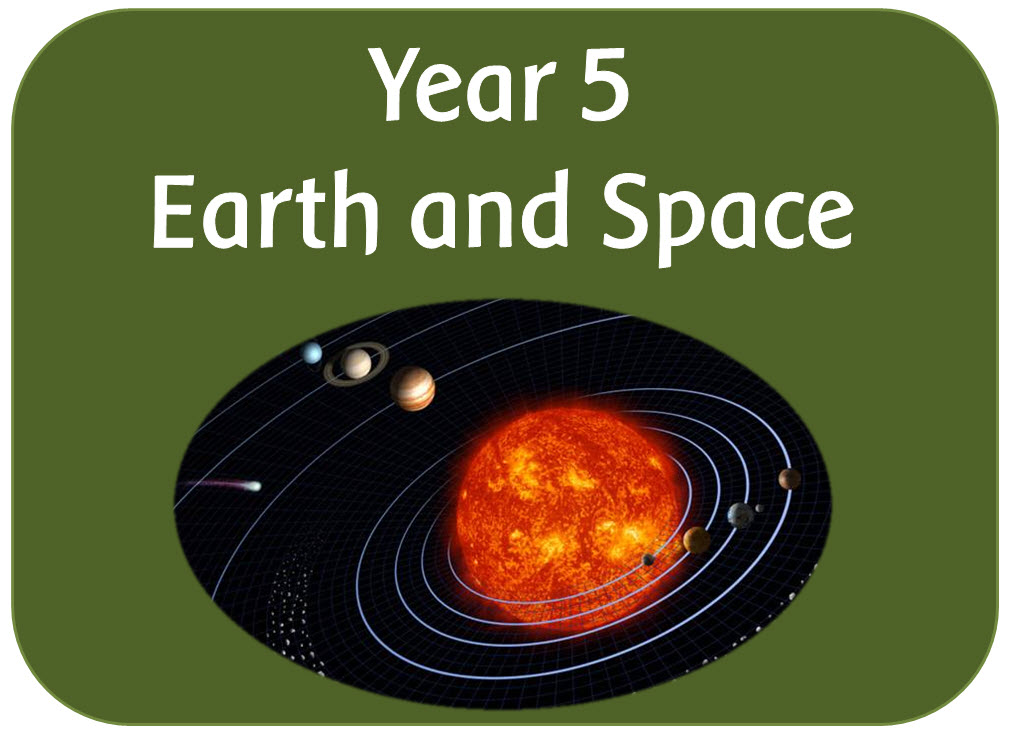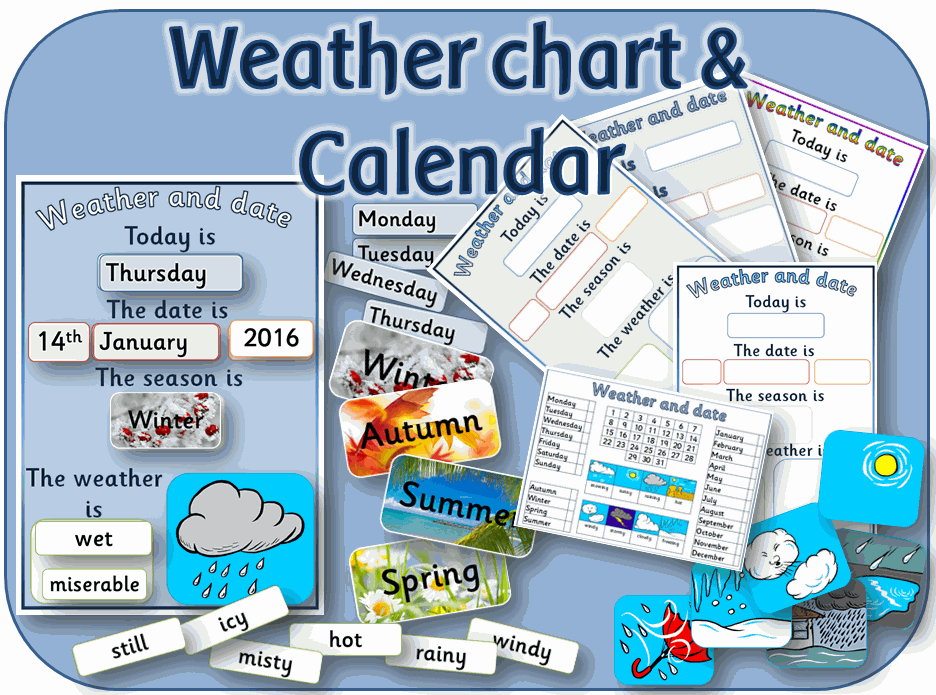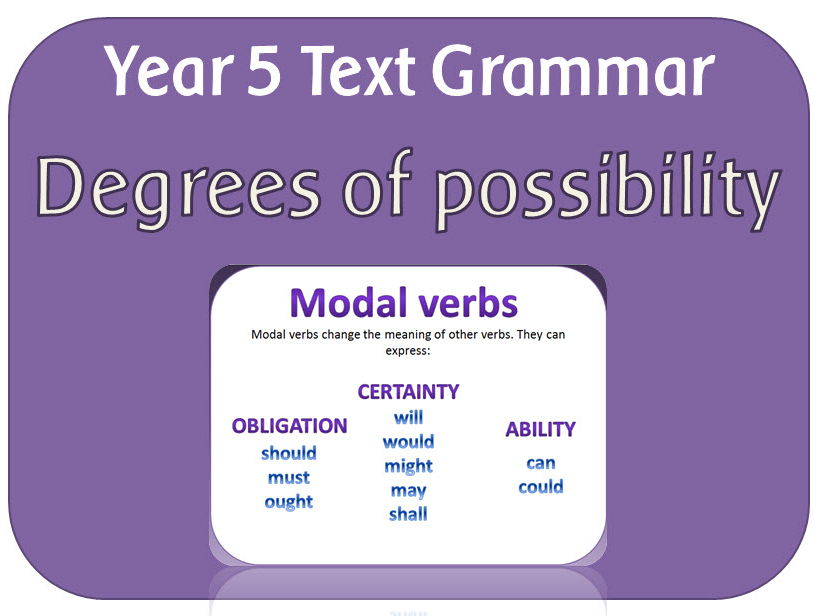
404Uploads
1066k+Views
681k+Downloads

Letters and Sounds Phase 4: Reading and writing CVCC words
A variety of interactive and printable activities for reading and writing words ending with adjacent consonants.
Includes:
In the box games
Matching words and pictures games
Buried treasure game
Writing activities
Phoneme frames

KS1 Fantasy stories - story maker settings, characters and objects
An introduction to fantasy stories - one powerpoint looks at the difference between fact and fiction; the second powerpoint guides the children through making up their own fantasy stories.
The printable files are cards - each set has 12 images so the children can use them to choose a setting, main character and an object.

Year 5 science Properties and changes of materials - powerpoints, worksheets and planning
A set of resources for the new science curriculum. It contains:
1a. INTRODUCTION TO THE TOPIC - LO: To find out what the children already know about materials.
WORKSHEET: A sheet for the children to record what they already know and what they would like to find out about materials.
1b. MATERIAL PROPERTIES - LO: To compare and group everyday materials together
POWERPOINT: A look at 12 different properties of materials, with examples of the materials with those properties. It can also be printed out for display.
WORKSHEET 1: Material properties worksheet
2. DISSOLVING - LO: To know that some materials will dissolve in liquid to form a solution, and describe how to recover a substance from a solution
POWERPOINT: Explains the meaning of dissolve and gives examples of different materials that can be dissolved.
3. SEPARATING A MIXTURE - LO: To use knowledge of solids, liquids and gases to decide how mixtures might be separated.
POWERPOINT: Looks at different mixtures and how they can be separated, including sieving, filtering and evaporating.
4. USES OF EVERYDAY MATERIALS - LO: give reasons, based on evidence from comparative and fair tests, for the particular uses of everyday materials
POWERPOINT: Asks the children to study objects to see what properties different materials have. Asks questions about which properties and materials would be best for making certain objects.
5 & 6. REVERSIBLE AND IRREVERSIBLE OBJECTS - LO: look at dissolving, mixing and changes of state, and reversible and irreversible changes.
POWERPOINT: Explains the meaning of reversible and irreversible changes, giving examples of each. Ends with a quiz where the children have to decide what changes have taken place to certain materials.
7. MATERIALS QUIZ: Recap of all the learning objectives.
POWERPOINT : A quiz
WORKSHEET : Sheet for recording quiz answers
WORKSHEET : Sheet for recording what they have learnt
OTHER RESOURCES
A-Z lettering, with a picture background
A4 Properties and changes of materials title
Materials banner/lettering to cut out
Materials topic booklet front cover - with space for children to draw their own design.
Vocabulary PowerPoint - can be used as a show and printed out for display.
Photo cards - 12 objects made from different materials
Investigation and recording sheets - A folder of blank tables, graphs and planning and recording sheets
Year 5 Materials medium term planning: An outline of the activities and learning objectives with websites and ideas. It can be added to and amended for your own use.

World War II / WW II & VE Day display pack
A set of headings, lettering, banners, posters and images for a WW2 / VE Day display:
WW II HEADING: Prints onto 1 A4 sheet, with the title 'World War II’
WW II BANNER X 2: In 2 sizes, one prints onto 3 A4 sheets, the other 4.
WW II A-Z LETTERING: Lower and upper case letters, plus numbers and punctuation to print and cut out.
WW II IN PHOTOGRAPHS: 15 titled photographs, showing images taken during the war -
The Women’s Volunteer Defence Corps
Rescue workers
Bombing at the library
Air raid warden
Ration book
Refreshments for the soldiers
Dunkirk
The Queen visits an Anderson shelter
Aftermath of a Blitz
Homeless
The Women’s land army
Bombings in Merseyside
Hawker Hurricane
Evacuees
Destroyed houses
WW II POSTERS: 10 A4 sheets containing photographs and explanations of different aspects of WW II -
WW II begins - Outlines the start of the war, with pictures of Neville Chamberlain, Adolph Hitler, and Winston Churchill
The Blitz - Explains what the Blitz was.
Blackouts - Curtains, and reasons why
Air raid shelters
Anderson shelters
Gas masks
Evacuation
Rationing
Participants of WW II
VE day
WW II INSTRUCTIONAL IMAGES: A collection of images made during the war to educate people about gas masks, enemy aircraft, air raid precautions, and fire precautions. (4 pages, with 3 or 4 images on each)
VE Day heading
VE day lettering
Union flag border
Small and large union flags

The Titanic - powerpoint lessons, worksheets and activities suitable for KS1 KS2
This is a set of 6 PowerPoint lessons and printable worksheets; suitable for teaching children aged 7-11
PowerPoint lessons:
TITANIC INTRODUCTION
A page for recording what the children already know, and a brief outline of the 1900’s, the Titanic, and her maiden journey.
BUILDING THE TITANIC
Who built and designed the Titanic and where it was built.
ON BOARD THE TITANIC
A 28 page PowerPoint, looking at who was on board - the crew, the different classes of passengers, and what each class was like, and what the Titanic was like inside.
TITANIC’S MAIDEN VOYAGE
A 30 page PowerPoint, telling the story of the Titanic’s fateful maiden voyage. It includes an explanation of how icebergs travel to the Atlantic Ocean, and looks at some survivors and what happened to the victims of the disaster.
TIMELINE OF THE VOYAGE
A detailed step by step report of the events of the Titanic’s maiden voyage.
FINDING THE TITANIC
Looks at how the Titanic was rediscovered in 1985, and what has happened to her since. Includes pictures and artefacts from the wreck.
PDF FILES :
BLANK MAP:
For the children to map out the route the Titanic took
WHAT I ALREADY KNOW ABOUT THE TITANIC:
sheet for the children to record what they already know and what they would like to learn
WRITING SHEET:
For creative writing
NEWSPAPER REPORT:
For report writing
SEQUENCING:
Images for sequencing the story

The Tudors display pack
A set of Tudor display resources to print - posters, titles, banners, and borders.
Headings
Henry VIII Banner: Prints onto 2 A4 sheets, bordered with pictures of his wives.
The Tudors title: 3 versions - black lettering, red lettering, and embedded Tudor Rose lettering
The Tudors A-Z lettering: 2 versions, one with embedded with the Tudor Rose, the other with red lettering.
The Tudors Banner: 2 versions, one with text embedded with the Tudor Rose, the other with red lettering
'The Tudors' lettering to cut out: large lettering, fills 3 A4 pages.
Borders - for display boards
Henry VIII's wives border
Tudor rose border
Posters
The Tudors posters: 12 A4 posters:-
Tudor punishment
Tudor clothes for women
Tudor clothes for men
Tudor world map
Tudor British Isles map
Tudor surgery
Tudor medicine
Tudor houses
Tudor theatre
Tudor explorers (x2)
Tudor artefacts
Tudor woodcuts: 17 Tudor images made for illustrations in printed materials:-
Tudor house building
Tudor fish market
Tudor geographer
Tudor coin makers
Tudor warfare
Tudor fun and games
Tudor shepherds
Tudor hunting lessons
Tudor village life
Tudor beggar
Tudor fool
Tudor printers
Tudor water carrier
Tudor shoe makers
Tudor school punishment
Tudor scribe
Tudor engravers
The Tudor Monarchs: Six posters, each containing a Tudor monarch, with a picture and the dates they reigned, plus an A4 title 'The Tudor dynasty 1485 - 1603'.
The six wives of Henry VIII: Six posters each containing a wife, with the dates they were married, how many children they had, and when and how Henry got rid of them. Also contains a title.
The Tudors timeline: 24 pages of the main events that occurred between 1485 and 1603. The dates are displayed along the top so they can be placed along the wall in a timeline. Each event contains pictures and descriptions.
Tudor coat of arms: The coat of arms of Henry VII, Henry VIII, Mary I, and Elizabeth I.
The Tudor Rose: a large Tudor Rose to print
Activities
The Tudors A4 writing border
Tudor rose - black and white

The Viking & Anglo-Saxon struggle for the Kingdom of England:powerpoints, worksheets, activities
A series of PowerPoint lessons, worksheets and activities to teach how the Vikings and Anglo-Saxons fought for the Kingdom of England up to the time of Edward the Confessor.
POWERPOINTS:
1) ANGLO-SAXON ENGLAND AD 780
Life in in England before the main arrival of the Vikings towards the end of the 8th century / How the Anglo-Saxons lived / How the towns were structured / The importance of the monks.
2) VIKING RAIDS AND INVASIONS AD 797 - 783
Timeline / Introduces the Anglo-Saxon Chronicle as evidence / The first known attack on Britain by the Vikings / The second attack on Lindisfarne/Holy Island / Viking longships / Viking warriors and equipment / Beginning of Viking settlement in England
3) THE VIKINGS SETTLE & ALFRED FIGHTS BACK AD 866 - 927
Viking invasions and settlement / The Heathen Army / York / King Alfred / Guthrum / Danelaw / Alfred the Great and his fight against the Vikings / Edward the Elder / Athelstan / The Battle of Brunanburh
4) VIKING DAILY LIFE
Family life / Clothing / Homes / Daily life / Viking law / Music / Food / Sport / Arts and crafts / Viking beliefs, Asgard and gods, days of the week named after Viking gods / Viking burials
5) ATHELSTAN, ETHELRED AND ANGLO-SAXON LAWS AD 927 - AD 991
Athelstan and government of England / The Witan / Hundreds / Moots / Reeves / Laws / / Punishments / Wergild / Ethelread the Unready
6) THE RETURN AND END OF THE VIKINGS AD 991 - 1066
Further Viking raids / St. Brice's Day massacre / Sweyn Forkbeard / King Canute / Edward the Confessor / Harold Godwinson / William the Conqueror / The Battle of Hastings / The end of the Viking era
7) LOOKING AT EVIDENCE
Place names / Viking sagas / Anglo-Saxon Chronicles / Surnames and DNA / The Bayeux Tapestry / Archaeology / Treasure discoveries / Runestones
RESOURCES TO PRINT (pdf): Most sheets are open-ended worksheets, with an image and lines for research, reports etc.
What I already know about the Anglo-Saxons and Vikings
What I would like to find out about the Vikings
The arrival of the Vikings
The Vikings attack the monasteries
Danelaw
King Alfred the Great
The Heathen Army
The Treaty of Wedmore
Viking daily life
Anglo-Saxon laws
Athelstan
Ethelred the Unready
Battle of Hastings
Battle of Stanford Bridge
Death of King Harold
Edward the Confessor
King Harold
The Vikings return
Bayeux Tapestry
Viking place names
Viking runes
Topic covers x 3
Viking ships
Viking warriors
Writing border - Edward the Confessor
Writing border - Viking ship
Plus a copy of the Anglo-Saxon Chronicle (in Word)
Vikings & Anglo-Saxons medium term adaptable plan, with web links.

Toys KS1 topic resources - powerpoints, activity and display pack
A set of powerpoints showing photographs of the most popular toys of the pre-50s, 50s, 60s, 70s, 80s, 90s and modern toys; an introduction to the history of toys - going back to dolls in Ancient Greece to computers today; a look at portraits of children from the past playing with toys; a sorting toy activity into old and new, and an old poem about the wonders of a toy shop.
There are also 4 maths powerpoints looking at addition and subtraction in the toy shop, with cards to print for games.
The activities include:
An acrostic poem template
Animal cut-out templates to join together to make a moving toy
Colouring sheets
Pictures of new/old teddy
Puppets for role play
Russian doll set to print and laminate for size ordering
6 x Santa lists to use around Christmas
A thaumatrope template with instructions
3 x cover templates for a topic book
Toy sorting cards - to sort into different materials/ properties.
Toys from the past questionnaire to take home to fill in with parents.
A copy of an old book 'What shall we do next' from 1907 full of games and activities that children played
The Wonderful Toymaker fairy tale to read
An outline planning document with cross curricular links that can be adapted.
DISPLAY
Old toys display - photographs
Children's portraits playing with toys
Toys banner
Toys heading
Toys in the past heading
Toys timeline

Mountains display pack
This resource contains headings, vocabulary and posters, all in pdf format on CD to print out for a Mountains display
MOUNTAINS LETTERING - This lettering is to cut out for display. 'MOUNTAINS' / 'THE MOUNTAIN ENVIRONMENT' is written out, which can either be printed as a banner, or cut out for display. There are also all upper and lower case letters and numbers included so that you can print out whatever you need to personalise your display.
THE MOUNTAIN ENVIRONMENT A4 HEADER - to print.
MOUNTAINS VOCABULARY DISPLAY - With headings and photographs (2 per A4 sheet - Includes blizzard, avalanche, snowdrift, snow, hail stones, snow flake, alpine glow, flood, peak, mountain range, base station, mountain tourism, ski run, litter, mountain, hill, flora and fauna.)
MOUNTAINS POSTERS - 15 A4 sheets, with explanations and descriptions:
What is a mountain?
Plate tectonics (x2)
Fold mountains
Fault-block mountains
Volcanic mountains
Dome mountains
Plateau mountains
Mountain climates
Mountain temperatures
Mountain weather
Mountain rainfall
Mountain ranges - map
Seven Summits - map
UK mountains - map

Year 5 Science Earth and Space - powerpoints, worksheets, activities and display pack
A pack of resources following the new curriculum objectives.
1. INTRODUCTION TO THE TOPIC - LO:To find out what the children already know about Earth and Space.
Powerpoint: questions about the Earth, Moon, Planets and Sun.
Worksheet: for the children to write down what they know and what they would like to find out.
2. SPHERICAL OR FLAT - LO: Describe the Sun, Earth, and Moon as approximately spherical bodies.
Powerpoint: Introduces what people thought about the Earth a long time ago, and whether it is flat or spherical.
Worksheet: The children have to argue for or against the Earth being spherical.
3. THE EARTH AND SUN - LO: Use the idea of the Earth's rotation to explain day and night and the apparent movement across the sky.
Powerpoint: looks closely at the Earth and Sun and explains the movement of the Earth in relation to the Sun
Worksheets: The children have to write an explanation about night and day, and a recording shadows worksheet.
4. THE SOLAR SYSTEM - LO: Describe the movement of the Earth and other planets relative to the Sun in the solar system.
Powerpoint: Looks at the Earth, Sun, and planets in the solar system. It also looks into where the solar system is, and what other things may be found in it (eg asteroids and comets).
Worksheet: a word document containing images of the planets and the moon to resize and make models.
5. THE PLANETS
Powerpoint: looks at the planets in more detail.
6. THE MOON - LO: Describe the movement of the Moon relative to the Earth.
Powerpoint: looks at the size of the Moon, its distance from Earth, and how it orbits the Earth. It asks why the moon seems to change shape, and explains the phases of the Moon. It also looks at other planets with moons.
Worksheet: A recording sheet to observe the moon over a 30 day period.
7. EARTH AND SPACE QUESTIONS:
Powerpoint: asking questions to recap learning.
Worksheet: for the children to record their answers.
8. Earth and Space quiz in Powerpoint - to end the topic.
OTHER RESOURCES
Banner for display 'Earth and Space' - prints onto 3 A4 pages
A4 title plus A-Z lettering, with a space background
Topic cover - 4 different versions
Vocabulary cards - with images and explanations
Wordsearch
Writing sheets x 4 decorated with Earth / the solar system
Year 5 Earth and Space medium term planning: An outline of the activities and learning objectives with websites and ideas. It can be adapted.

Transport topic - George Stephenson and the history of trains - powerpoints and activities
Two powerpoints looking at how and why trains developed over time, and the Father of the Railways, George Stephenson, plus 3 worksheets.
George Stephenson and locomotives: Looks at James Watt and his steam engine design; Richard Trevithick and his steam engine improvements, and the life of George Stephenson, and how he became known as the 'Father of the Railways'. Tells the story of the first steam locomotives; the Rainhill Trials; the Liverpool and Manchester Railway; and new steam locomotive designs up to 1941. Also briefly and simply explains how steam engines work.
Trains now and then: Shows different parts of a steam locomotive, and looks at pictures of different locomotives, and how they developed from George Stephenson's Rocket, to the modern bullet trains of today.
Steam train worksheets: 3 different worksheets, showing a picture of a steam train to label and caption.
The Rocket worksheet: To compare modern trains with old steam locomotives.
Steam train template: An outline of a steam train, to use for colouring, collage, paint etc.

Handwriting sheets for KS1: lower and upper case letters and digits
This set contains a variety of writing worksheets to promote correct letter formation.
The font used throughout is Sassoon, plus a slanted dotted handwriting version in the lower case letter packs
PENCIL CONTROL SHEETS: A range of pre-letter formation sheets to get children used to the directions and actions needed for writing letters
Arches
Crosses
Curls
Lines
Peaks
Snakes
Zigzags
Zeds
LOWER CASE LETTERS: This set consists of 4 folders of different handwriting families
SET 1: Downward strokes
Dotted letters l t i j
Dotted letters u and y
Sassoon letters l t i j
Sassoon letters u and y
All downward letters
SET 2: Down and retrace
Downward letters b k h dotted
Downward letters m n r p dotted
Sassoon downward letters b k h k (2 versions with curly/straight k)
Sassoon downward letters r m n p
All down/retrace letters
SET 3: curly letters
Curly letters a c o dotted
Curly letters d g q dotted
Sassoon curly letters a c o
Sassoon curly letters d g q
Sassoon curly letters e f s (curly and straight versions of f)
Sassoon curly letters c o a d g q
SET 4: Zigzag letters
Dotted zigzag letters v w z x
Sassoon zigzag letters v w z x
Plus a digit formation 0-9 sheet
CAPITAL LETTERS: These are divided into similarly formed letters
Curled capitals C G O Q S
Capitals diagonal X Y V W
Capitals straight E F H I L T
Capitals straight then diagonal A M N Z K
Capitals straight then curled B D P R U J
DISPLAY / ACTIVITIES
Topic covers - 5 different versions with the heading 'My Handwriting Book' for children to keep their work together.
Hollow letters: Each letter prints onto 1 A4 sheet. Can be laminated for finger painting etc, or used as activity sheets. There are two versions, one with large letters filling the page, the other with smaller letters.
Lower case letter formation: This can be used for display as a reminder of correct letter formation, or laminated and used in practical activities. The posters show fingers pointing where to begin writing, where to end, and which way to go - children can see at a glance if they are forming their letters correctly.
BLANK HANDWRITING SHEETS
Two different versions with different line widths.
Where possible, alternate ways of writing k and f are included.

Weather chart and daily calendar for EYFS KS1
A set of resources to be used daily to mark the date, season and weather.
Also included is a banner plus an individual weather chart that can be laminated and reused.

Geography topic: Coasts - powerpoint lessons and activities
A set of lessons and worksheets looking at coasts, erosion, deposition and tourism.
POWERPOINTS
INTRODUCING COASTS:
Introduction to what coasts are; erosion and deposition, and investigating different coastal localities around the UK.
COASTAL EROSION:
Looks at different physical features caused by wave erosion - arches, caves and coastal stacks, and demonstrates the process of erosion by animated diagrams of how each feature is formed. It also briefly explains how different rock types erode at different rates, and shows a map of the UK, with the main types of rock found in each area. It ends with a series of photographs for the children to look at and identify coastal features.
COASTAL DEPOSITION:
Investigates the process of longshore drift, with an animated example, and explains the difference between sand and shingle beaches.
INVESTIGATING COASTAL ENVIRONMENTS:
Gives the children the task of writing a piece about a different coastal location for a holiday brochure.
MANAGING THE COASTLINE:
Explores how coastal erosion affects humans, and the reasons why we need to protect the coast from erosion. It explains how we protect the coast by building groynes, sea walls, armour, artificial harbours, or how we can just do nothing - giving the advantages and disadvantages of each method of protection.
COASTAL DEVELOPMENT:
Gives the children the task of being a local resident, a sea angler, a travel company representative, a holidaymaker, or a local government official, and deciding whether a hotel should be built in an unspoilt area of coastline.
WORKSHEETS (PDF)
LABEL COASTAL AREAS ON UK MAP: A blank UK map for the children to identify coastal areas that they know.
COASTAL EROSION: 2 pictures of coastal erosion for children to name features and describe the formation
WORLD AND UK MAP: To locate coastal areas in the world that they have visited
BROCHURE TEMPLATES: 10 different blank layouts for the children to fill in for the holiday brochure.
COASTAL DEVELOPMENT GROUP WORKSHEETS: Recording sheets when the children split into different groups to decide on whether a hotel should be built.

Tocuaro & Mexico - Powerpoint lessons, worksheets and activities
A set of geography resources looking at where Tocuaro is and what it is like there.
POWERPOINTS
Tocuaro mind map: For the beginning of the topic, to record what the children already know.
Where is Tocuaro?: Shows the location of Tocuaro, in relation to the UK, Europe, and the rest of the world.
What is Tocuaro like?: Photographs of life in and around Tocuaro, for the children to look at to find information.
What is it like to live in Tocuaro?: Photographs of a Mexican family, different types of jobs and activities, food, dining, school, and traditional costumes.
Is life in Mexico similar to life in the UK?: Photographs showing different aspects of life in Tocuaro and Mexico - street scenes; church; market stalls; crafts; houses; children; high street; washing clothes, and cooking.
PRINTABLE RESOURCES (PDF)
How to get to Tocuaro: A world map for the children to draw a route from their home town to Mexico.
What is it like in Tocuaro: Three versions for different abilities - to write down what they think Tocuaro is like.
Similarities and Differences: Worksheet for writing lists of similarities and differences.
Mask template x 3: For the children to design their own mask.

British Values display resources: Headings, posters, lettering word clouds etc for KS1 KS2
A set of resources for a British Values display. It contains:
9 A4 posters with headings, image and explanations. The headings are:
Democracy
The Rule of Law
Individual liberty
Mutual respect
Tolerance
Election
Voting
Parliament
Government
PLUS
British Values word clouds - 2 versions, one in a Union flag design the other in a British Isles design, both containing relevant words for the topic
2 x A4 headings 'British Values'
A-Z Lettering with a union flag background
Banner 'British Values' - prints onto 4 pages
Border strips - union flag images to frame a display
Bunting - in colour and black and white, with Union flag
Flags - of England, Scotland, Ireland, Britain
God Save the Queen - words
Large Union flag

Year 4 Vocabulary grammar and punctuation terminology posters
A set of A4 posters to print and display.
They contain all the 'terminology for pupils' identified in Appendix 2 for Year 4:
Determiner; Pronoun; Possessive pronoun; Adverb; Adverbial; Fronted adverbial; Plural; Verb inflections; Nouns; Possessive apostrophe; Sentence; Punctuation

Seaside holidays (history and geography) - PowerPoint lessons and worksheets
A set of powerpoint lessons looking at the history and geography of seaside holidays, plus activities, worksheets and display resources.
POWERPOINTS
Seaside mind map: For AfL
Seaside introduction: Looks at why we go to the seaside, and how it differs from other places. It shows pictures of the countryside, town, and seaside, asking children to point out the differences.
What is the seaside like?: Looks at photographs to explore the human and physical features of coastal locations
When do we go on holiday and what do we see?: Looks at the different times of year we have school holidays, and how they coincide with religious festivals. It shows photographs of different objects and activities at modern seaside resorts.
Seaside in the past: 18 seaside photographs from 1880 until the 2000s. The children are asked to talk about what they see in each picture.
Human and physical features: A study of Blackpool, with photographs and maps, to explore the key human and physical features of the resort. The children can match features they see in photographs to a map. There are also links to British seaside tourist websites.
Looking at aerial photographs: Eight seaside locations to look for human and physical features.
How has the seaside changed?: Six pictures of seasides in the past to look at and discuss.
Pictures of seasides in the past: Six pictures of seasides in the past to look at and discuss.
The Victorian seaside: A look at how seaside resorts developed, and why people in Victorian times enjoyed going to the seaside. It looks at the different things that children did at the seaside, and compares them to what children do today.
ACTIVITIES:
Acrostic poem
Aerial photographs of different seaside locations showing pictures of coastal locations around the UK
Playing cards
Colouring pictures
My favourite environment worksheet
Packing list: Ready to go on holiday
My seaside holiday with seaside border, to write a description
Passport of places visited to itemise and describe where they have been
Passport: A blank passport to fill in
Postcard; blank to fill in
Stamps to use on the postcards
Seaside border paper for writing
Seaside holidays in the past: Compare 2 pictures to see how things were different in the past.
Seaside pictures past and present: For activities such as ordering events, describing, comparing etc
Survey – places visited: For a class survey
Topic covers x 4: With ‘The Seaside’ / ‘Seaside Holidays’ headings
Town country seaside description: To describe the different areas
UK jigsaw: England, Northern Ireland, Scotland and Wales
UK map: To mark out places visited
What can you find at the seaside: For making a list
What can you see?
Pictures of the town, seaside and countryside to describe
Plus lots more!

SPaG Year 5 Sentence Grammar: Degrees of possibility using adverbs or modal verbs
A powerpoint teaching about how to indicate degrees of possibility using adverbs or modal verbs might, should, will, must.

